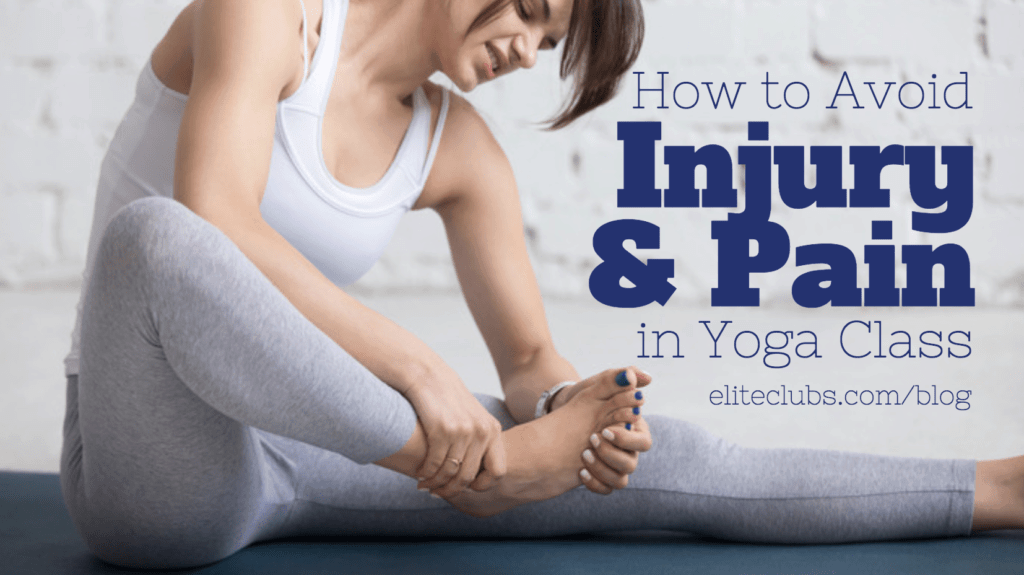
We’ve all heard it before, read about it everywhere and talked about it with physicians, family and friends. If it is true, that yoga is a great salve for the body, mind and soul, then why does my body hurt before, during and/or after class? Here’s a few tips for stopping and even preventing injury and pain during your yoga practice.
The long and short answers are the same, imbalances in flexibility, strength, and alignment commonly caused by excessive use, non-use or abuse of an individual body part cause pain during and after yoga practice (and really any physical work!) Pain is an indicator that you’re either doing too much or doing it in a way that does not serve your body.
Great, so what do I do to when I experience pain?
One of my greatest yoga teachers had an answer that he gave for most questions that curious students had, and it drove me crazy. Now I find myself using that same answer over and over again as I talk about the different aspects of yoga practice with curious students. Many of you have heard me say, “It depends.” And really it does!
I know, Argh! Just tell me how to quickly fix my aches and pain.
First – Listen to your body.
Your body has this great system for letting you know when things feel off. If you don’t listen to that first low-level warning, it keeps getting louder as things progress toward discomfort or unease and then on to pain. So listen up before it gets painful.
Assess what is causing your pain.
Body awareness is one of the great things you can develop during yoga practice!
While your body is warning you, notice where you are feeling the pain and what it feels like. Is it tightness in muscles or connective tissue (muscular flexibility), or is it muscle weariness or fatigue (muscular weakness), or is it the arrangement or position of your bones (alignment) that is causing the discomfort?
Ask for help.
Most instructors acquire a deeper understanding of anatomy from watching many bodies move in many different poses. I am going out on a limb, hanging by a very narrow and flexible branch when I comparatively say that you wouldn’t call your physician and ask them to diagnose a disease without seeing or testing you, so please don’t call, ask, or email your yoga teacher to do the same sight unseen.
A picture says a thousand words, so ask your instructor to take a look at the pose/posture/movement that you feel pain in. Give them the clues you figured out while assessing your movements, muscular flexibility, weakness or alignment pain.
A word to the very wise yoga practitioner, hold your questions until after “Namaste”. It’s just really great yoga class etiquette!
There’s obviously a TON more to discuss on this topic, so stay tuned for future posts! We’ll continue to delve deep into your yoga practice and how to manage various types of discomfort and pain. So, make sure you subscribe so you don’t miss out!
Subscribe to our Weekly Blog Digest
Written by Sue Dlugopolski, Certified Yoga Instructor (E-RYT 500 Hour) at Elite Sports Clubs
Sue Dlugopolski is certified in 500 Hour Yoga Therapy; 200 Hours each – Anusara Yoga & Vinyasa Yoga. Her additional certifications include: Relax & Renew Restorative Yoga Trainer, Therapeutic Restorative Yoga, Prenatal Yoga, Karma Kids Yoga, Kineselogy & Therapeutic Movement.
I encourage a balanced sense of strength and ease in participants. Continuing education in yoga anatomy and functional movement enables me to observe more clearly the changes in alignment participants require to move more freely. I teach Hatha, Restorative, & beginning yoga to help participants feel better in their bodies everyday.